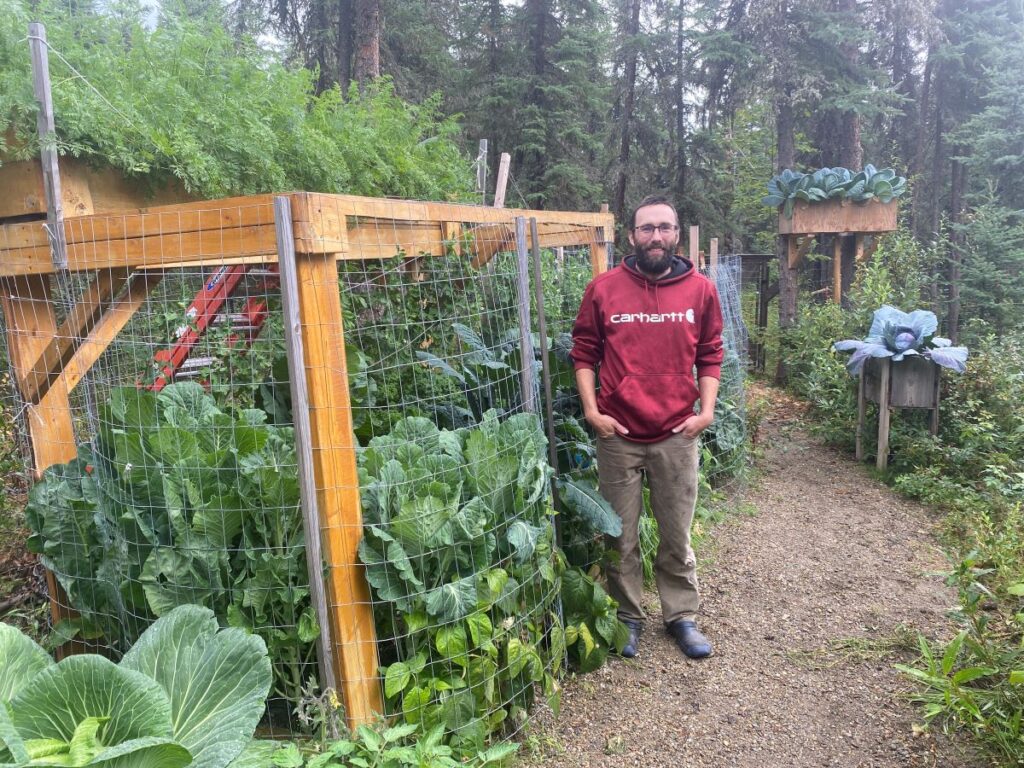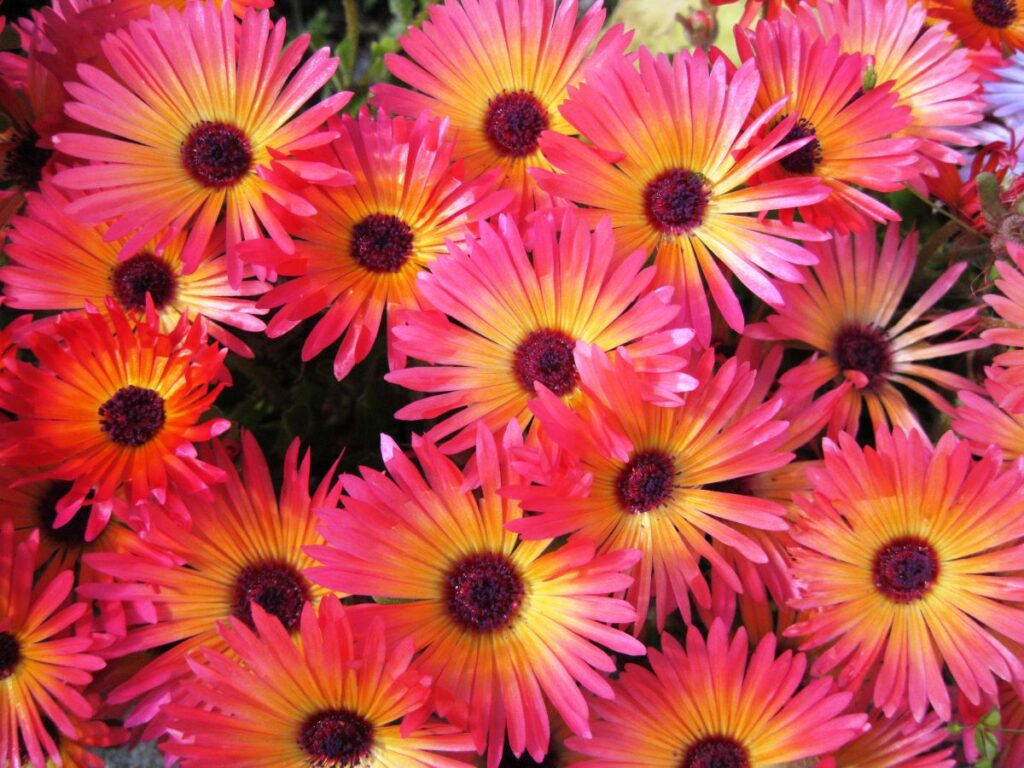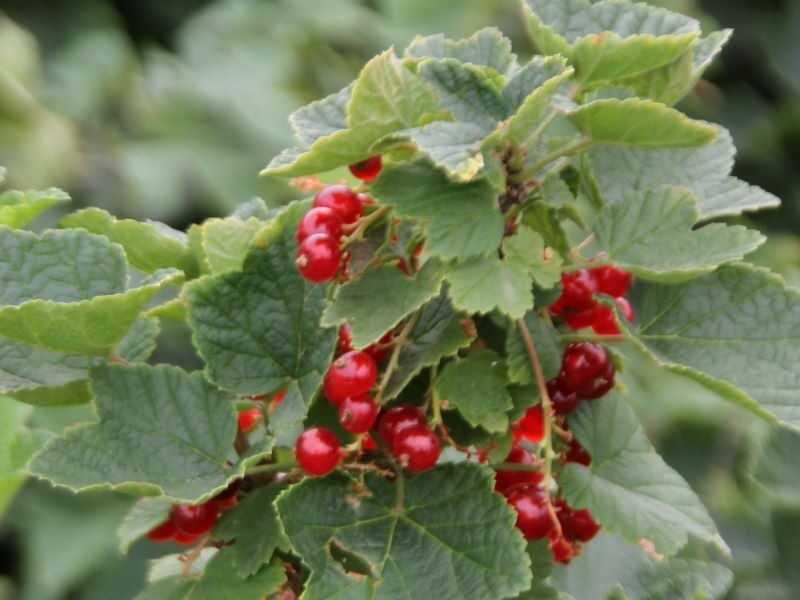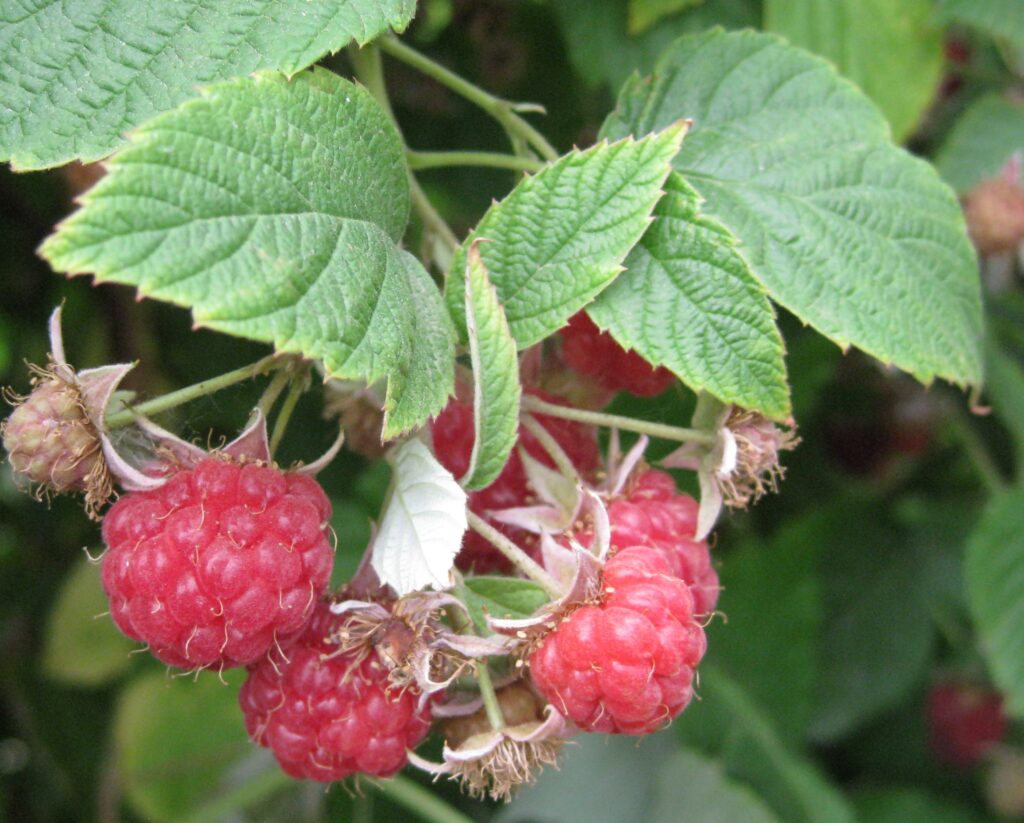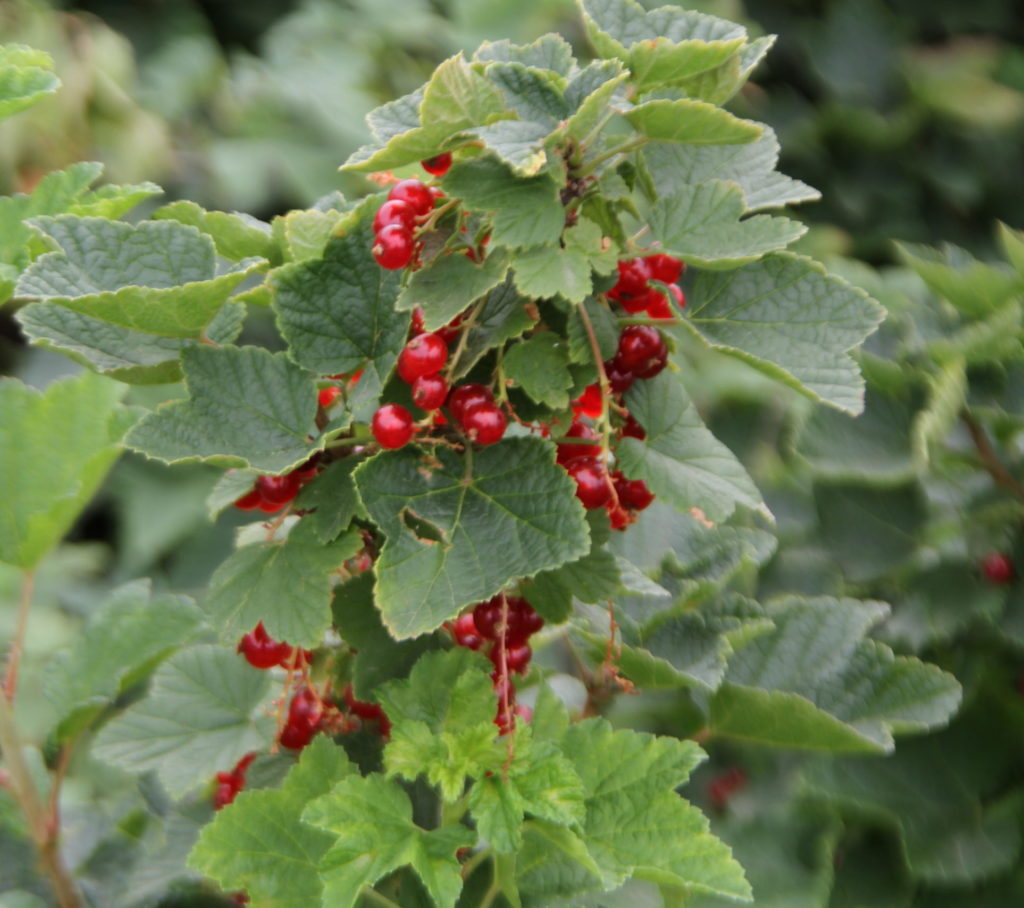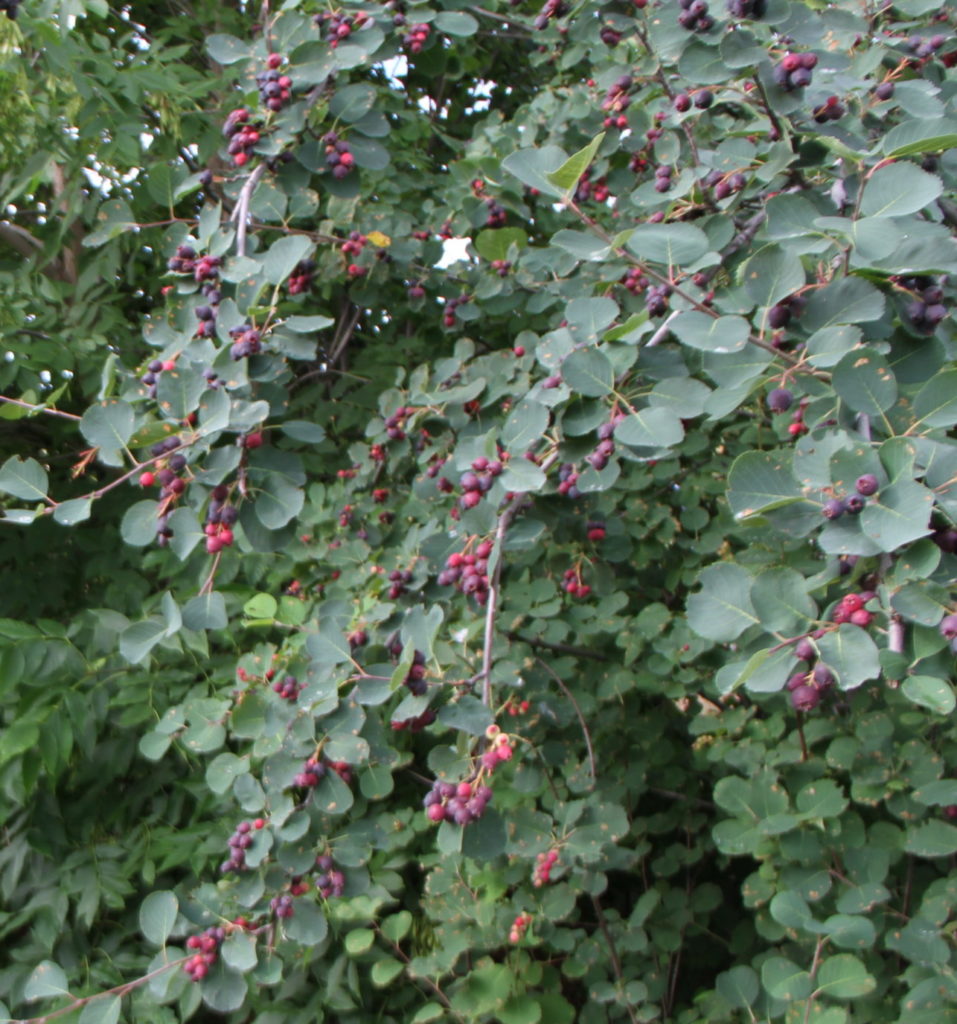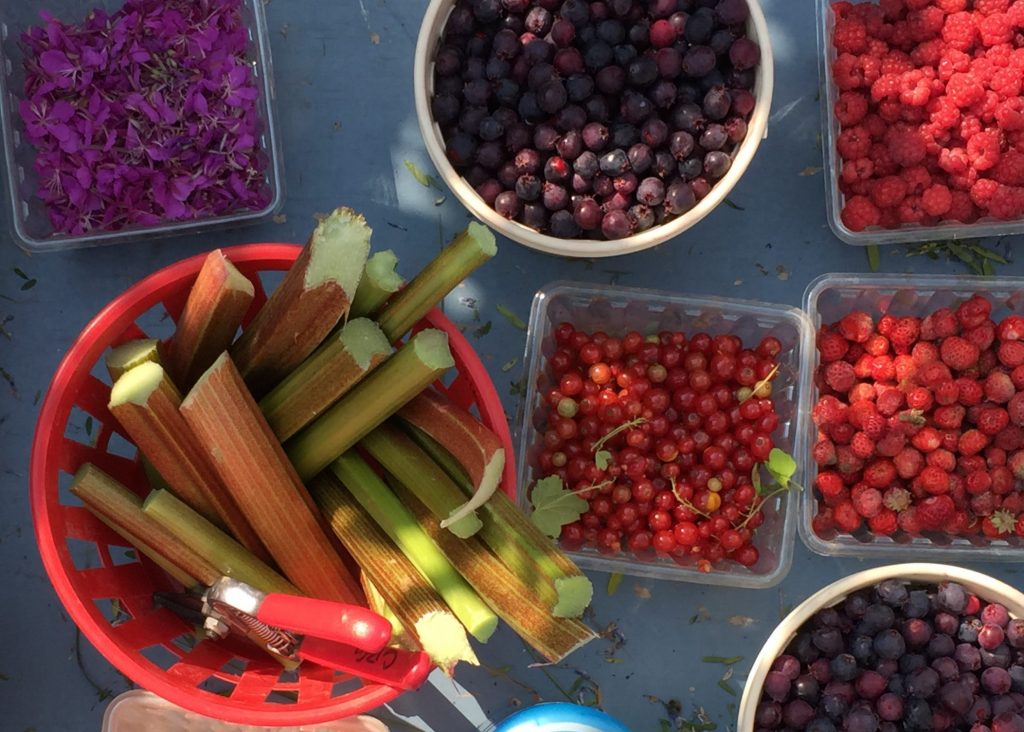Honeyberries, or haskaps, are a unique berry. Honeyberries have a huge range in shape, size, productivity, taste, timing and evenness in how they ripen and how easily they come off the bush. The taste of honeyberries is often compared to other berries. I think the taste is unique, and you should try them and make your own comparisons (or not) with other berries.
I have written several articles on berries and they are roughly in order of my personal preference: first, on cultivating wild blueberries, next strawberries, then raspberries and then currants. So now I’m tackling honeyberries or haskaps, so they are my fifth favorite berry. They would be sixth if you include cloudberries, but I’m not going to write about cloudberries since they are generally not cultivated, although there may be ways to protect and promote their growth in the wild.

Some berries require full sun, a narrow pH range and well-drained soils. Honeyberries tolerate partial shade, wet soils and a wide pH range. Their pruning requirements are more manageable than other types of berries, and they won’t take over your backyard with thorny bushes like raspberries tend to do. What’s not to like about a berry that is easy to grow, cold-hardy, highly productive and ripens earlier than most berries?
Continue reading